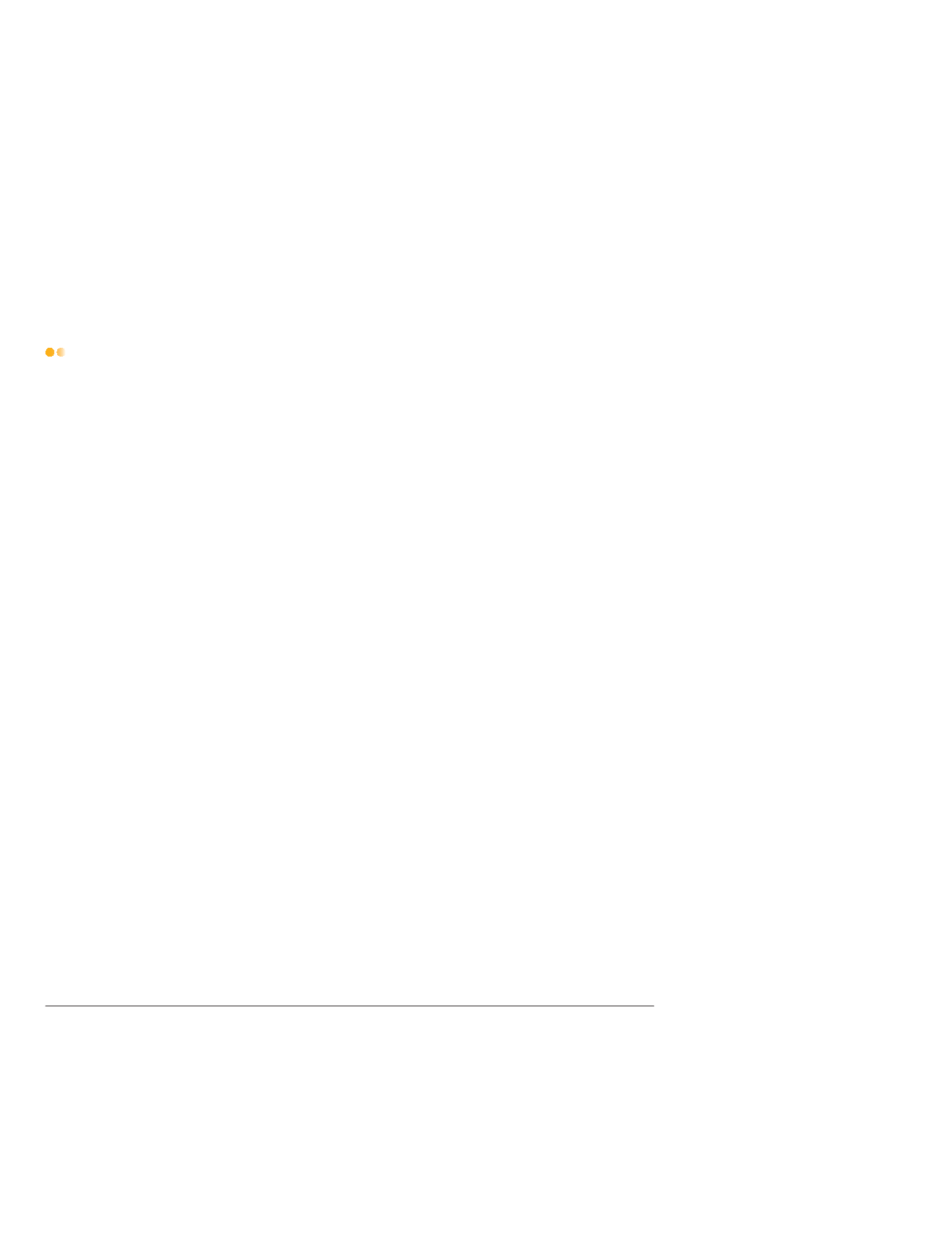
[ 44 ]
“SHG
S
,
SAVING
FOR
THE
PRESENT
,
SECURING
THE
FUTURE
”
Pushing forward the Post - 2015 Development
Agenda with Microfinance*
THE FOCUS
of this paper is on discussing in brief the role of microfinance in realising the post-2015 development
agenda, in terms of Sustainable Development Goals (SDGs), that the world has set before itself to be achieved by 2030.
The understanding of the linkage between microfinance and the SDGs is important as the focus of both is on the people
at the lower rungs of the economy. Microfinance, in simple terms, is providing access to financial services in smaller
volumes and at affordable cost, especially to hitherto not reached or inadequately reached masses. Microfinance in India
did emerge as a solution to the problem of large scale exclusion of masses from formal credit mostly due to factors such
as lack of collateral with clients, high transaction costs due to uneconomically small ticket loans with wide geographical
spread, and low credit worthiness of individual clients. The microfinance, in its modern form, consists of different models
and channels. The most popular channel is Self Help Groups (SHGs), founded on the principle of peer pressure, joint
liability, regular savings, periodic interactions, collective action, and linked to formal financial agencies or Microfinance
Institutions (MFIs). Subsequently, Joint Liability Groups (JLGs) have been promoted and linked to banks or MFIs to
take care of higher quantum individual loans, again based on joint liability. In another model, MFIs have been financing
SHGs and also directly financing individual clients. As of now, there are 85.7 lakh SHGs in the country covering around
10 crore rural households. Thus, SHGs penetrated 60 per cent of the rural households. Notably, over 90 per cent
of microfinance clients are women constituting daily workers, seasonal earners, self-employed women, artisans and
small farmers. The microfinance sector has potential to understand the needs of the poor and devise efficient delivery
mechanisms. Thus, microfinance has such a considerable outreach that it can serve as a powerful medium for any
developmental intervention.
In view of the above, this paper examines the role the microfinance can play in achieving the SDGs. The rest of the paper
discusses genesis of post-2015 development agenda, the list of 17 SDGs, SHG-Bank Linkage Programme (SHG-BLP),
role of Microfinance in achieving SDGs and the way forward. This paper is an attempt to suggest that microfinance
platform can be used to achieve the developmental agenda.
“We recognize that people are at the centre of sustainable development and, in this
regard, we strive for a world that is just, equitable and inclusive, and we commit to work
together to promote sustained and inclusive economic growth, social development and
environmental protection and thereby to benefit all.”
Outcome document of the United Nations Conference on Sustainable Development (Rio+20),
“The future we want”
8 .
* This Article is authored by Dr. K. J. S. Satyasai and Dr. B. D. Nayak,
Department of Economic Analysis and Research (DEAR), NABARD HO, Mumbai.
The view expressed are those of the authors alone.
The authors wish to thank Shri G.R. Chintala, Shri N. Srinivasan, Mrs. Girija Srinivasan,
Shri R. Ramakrishna, Dr. Nikita Gopal, Ms.Sravya for their inputs and suggestions. Usual caveats apply.


